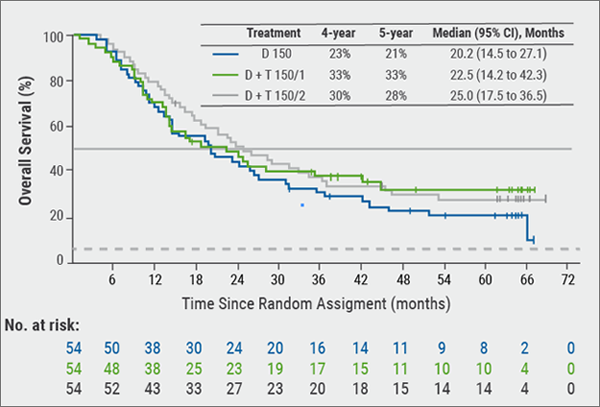Another interesting agent is a novel peptide that inhibits the cytokines IL-2, IL-9, and IL-15 (BNZ-1). Signalling of IL-4, IL-7, and IL-21 are unaffected by this peptide, which preserves immunological function (see Figure). The agent BNZ-1 was effective in a mouse model of immune-mediated hair loss. It led to a reduction of the inflammatory cytokines IL-6, TNF-α and IFNγ and was able to restore hair growth. It proved to be safe in healthy volunteers and a Phase 2 randomised double-blind placebo-controlled dose ranging study in AA is planned in 2018.
Figure: Mode of action of the peptide BNZ-1

“Many pharma companies are now interested in hair disorders and in the hair follicle as a model to study inflammatory pathways, so there is more to come in the next years,” said Prof. Wilma Bergfeld of the Cleveland Clinic
Combination therapy to enhance topical steroids
The efficacy of conventional therapy (topical steroids) can be improved by its combination with narrowband-UVB (NB-UVB) phototherapy [7]. This was shown in a randomised trial among adult Filipinos aged 18–60 that was presented as a late-breaking trial. 33 patients were randomly allocated into two treatment groups. Group A (n=17) applied clobetasol propionate 0.05% ointment twice daily and underwent NB-UVB thrice weekly for eight weeks. Group B (n=16) was treated with clobetasol alone. Therapeutic response was assessed at Weeks 2, 4, and 8 based on hair count.
At Week 8, Group A had a significantly higher mean hair count than Group B (P<0.0001). It was believed by 87.5% of patients in the intervention group that the intervention was markedly effective, compared to 18.75% from the placebo group (P<0.0001). Group A observed that their alopecic patches had improved notably while Group B failed to see significant improvement from baseline (P<0.0001). No adverse reactions were identified in both groups.
The authors conclude that NB-UVB phototherapy is a safe and effective adjuvant therapy for AA as it works synergistically with topical steroid in promoting hair growth without phototoxic reactions.
7. Magsino-Songco P, Abstract 6752 , AAD Annual Meeting, February 16–20 2018.
Posted on
Previous Article
« Restrictive antibiotic use and novel tetracycline Next Article
IL-17C inhibition in AD and new oral treatments »
« Restrictive antibiotic use and novel tetracycline Next Article
IL-17C inhibition in AD and new oral treatments »
Table of Contents: AAD 2018
Featured articles
Letter from The Editor
Living in the golden age of psoriasis and atopic dermatitis therapies
Late-breakers
IL-17C inhibition in AD and new oral treatments
Dual JAK/SYK inhibitor and anti-IL-33 blockade
Psoriasis: Selective IL-23 blocker, analysis of VOYAGE-2, dual IL-17 inhibitor and ustekinumab
Hyperhidrosis: Soft molecule and anticholinergic towelettes
Behcet’s syndrome and hidradenitis suppurativa
Psoriasis: an update
Oral therapeutics, supersaturation and excimer laser
Psoriasis management online?
What's hot in atopic dermatitis
AD sleep disturbance, antihistamines and osteoporosis
New topical and systematic treatments
Acne management
Winter effect and preventing scarring
Restrictive antibiotic use and novel tetracycline
Alopecia Areata
Melanoma
Melanoma incidence continues to rise in Europe
Lesions in paediatric patients and possible correlation with coffee drinking
CNNs and targeted combination therapy
Pearls of the posters
Improvement in impact of genital psoriasis on sexual activity with use of ixekizumab
Intralesional cryosurgery and itching in psoriasis
Related Articles

December 20, 2018
CNNs and targeted combination therapy
December 20, 2018
Melanoma incidence continues to rise in Europe
© 2024 Medicom Medical Publishers. All rights reserved. Terms and Conditions | Privacy Policy
HEAD OFFICE
Laarderhoogtweg 25
1101 EB Amsterdam
The Netherlands
T: +31 85 4012 560
E: publishers@medicom-publishers.com

